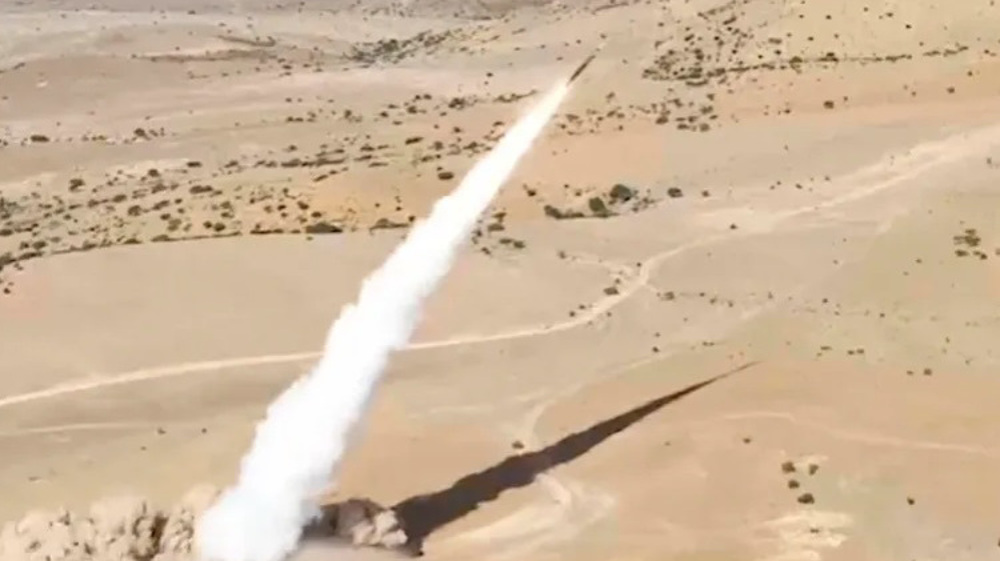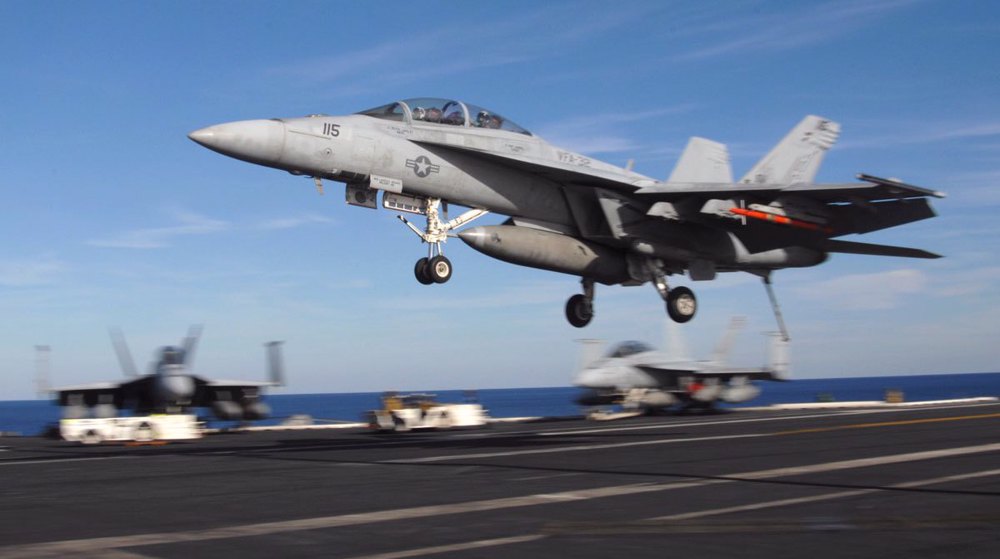US Army plans to set up new units to boost aerial spy force: Report
The US Army is planning to establish new units to expand its aerial intelligence missions around the world, according to a report.
The units will be structured like the existing aerial exploitation battalions, which fly fixed-wing aircraft with special equipment that picks up enemies’ signals in war zones, The Hill reports.
The new plan comes amid a proliferation of global threats, with conflicts raging across the Middle East, North Africa and Ukraine.
Two units will be set up at the Hunter Army Airfield in Georgia and Fort Bliss in Texas, where the Army has two aerial exploitation battalions, the report said.
Pilots and crews will be supplied from excess forces in the Army’s operational support airlift units, which ferry cargo and troops around the globe, as well as from the National Guard and Army Reserve.
“There is an incredible demand for the capability and the aircraft,” said Col. James Lindsay, the Army's director of aviation. “But what we wear out very quickly are our pilots.”
The new units would allow the US Army to increase its intelligence, surveillance and reconnaissance capability by about 30 percent without increasing the number of airplanes, Lindsay said.
The existing aerial exploitation battalions will share their aircraft -- heavily modified C-12 Beechcraft King Air-- with the new associate units.
The new development is emerging as the US intelligence agencies plan to establish a “spy network” in the Arctic amid reports that China and Russia are boosting their military presence in the region.
The majority of the 16 US intelligence agencies have commissioned intelligence experts to study potential threats in Arctic on a full-time basis, according to a report by The Tribune Washington Bureau published on Monday.
The analysts are delving into raw intelligence gathered from a recently overhauled Canadian listening post near the North Pole and a Norwegian surveillance ship called the Marjata.
In addition, the experts are also utilizing data from US spy satellites orbiting overhead and Navy sensors deep in the frigid waters.
VIDEO | Yemeni forces repel US-British attack, down F-18 Jet
Iran’s capabilities vast; enemy’s ‘maximum pressure’ policies all failed miserably: Senior official
Iran’s economy grew 2.7% y/y in Sep quarter: CBI
VIDEO | Freelancers in Gaza strive to stay online amid genocide
Mikati demands Israel's withdrawal from south Lebanon
Yemeni army strikes Israeli military sites with drones
‘Clock ticking’: UNRWA slams unjustifiable killing of children in Gaza
BP to be sued in Britain for supplying oil to Israel










 This makes it easy to access the Press TV website
This makes it easy to access the Press TV website